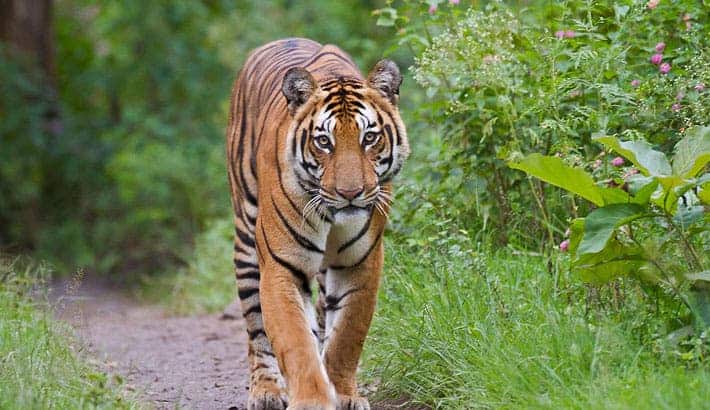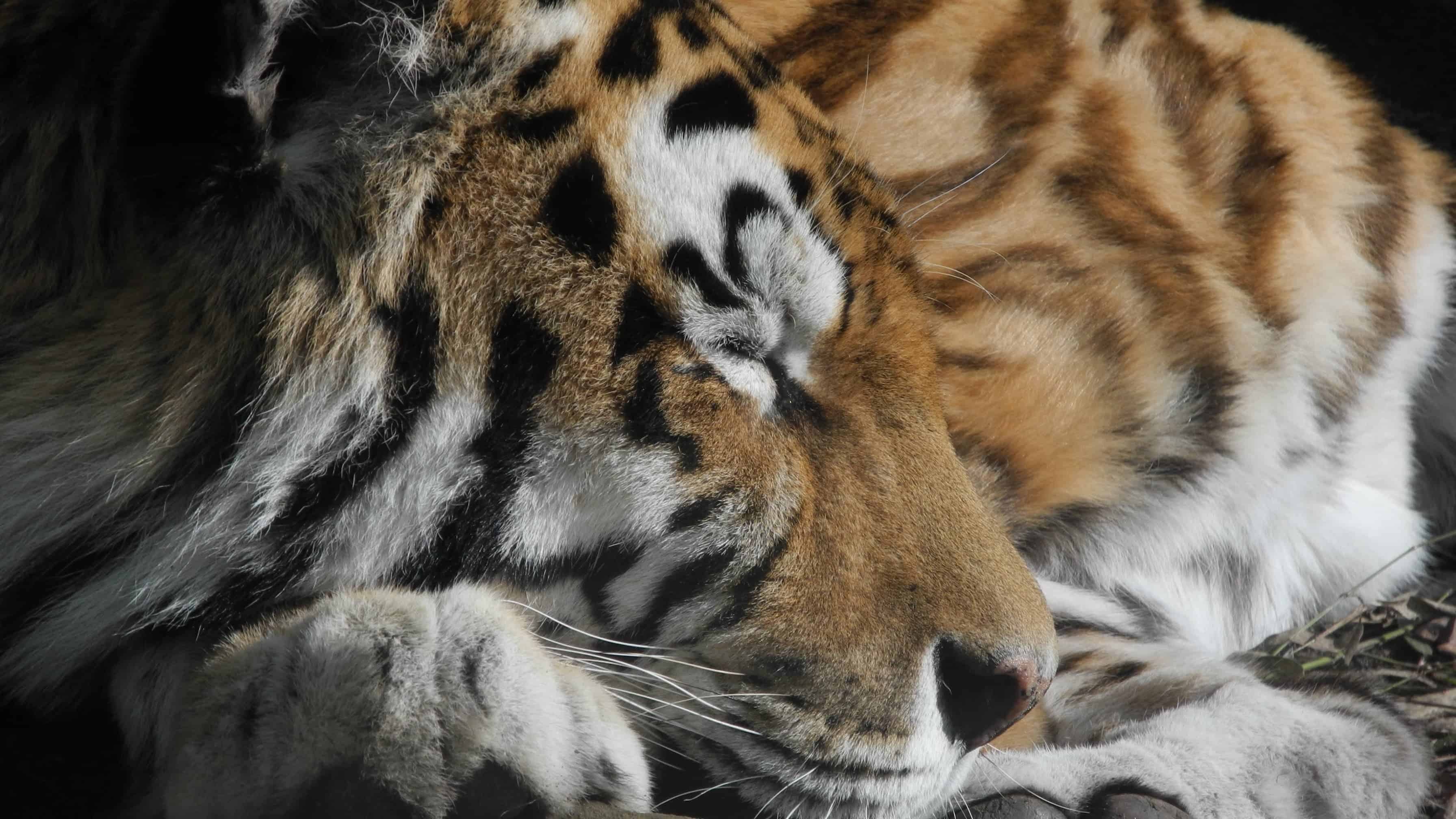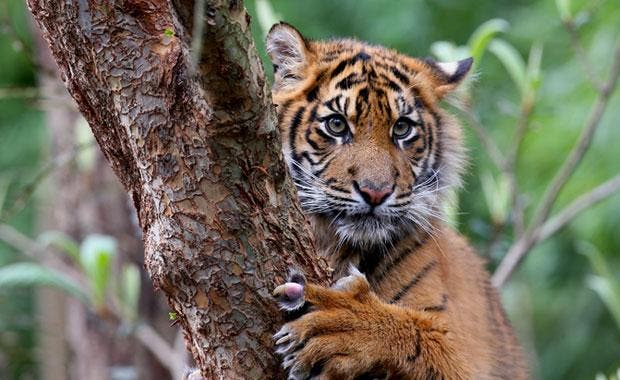Tiger ABC
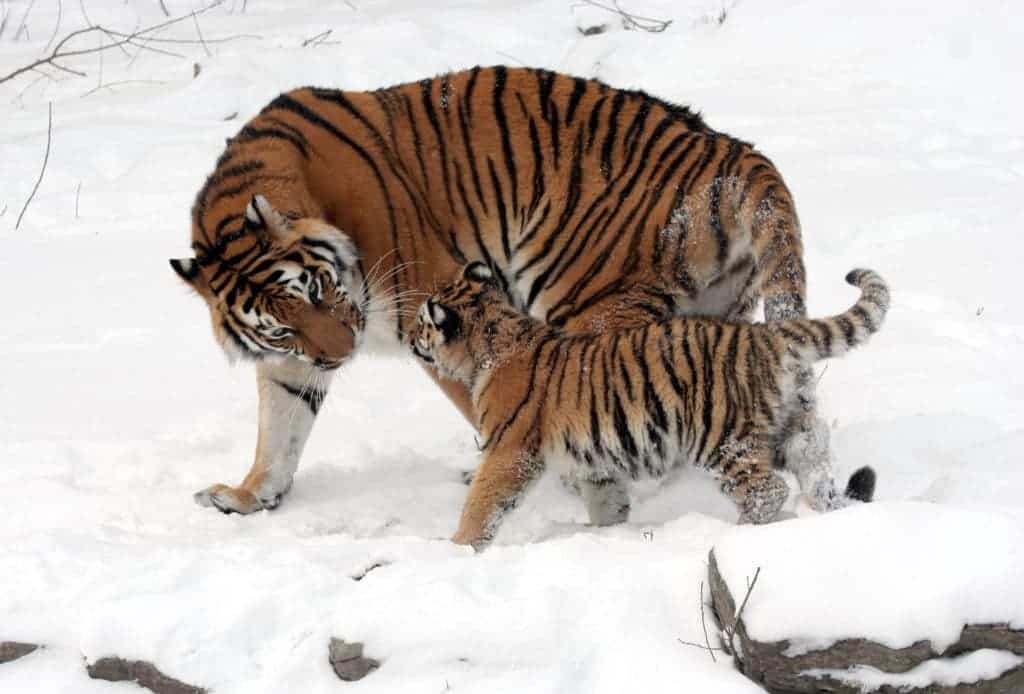
Tigers are the largest Asian cats in the world. Belonging to the genus Panthera, they are found in different habitats like rainforests, grasslands, savannas and even mangrove swamps across the Asian countries of Bangladesh, Vietnam, Cambodia, India, Bhutan, Thailand, Indonesia, Laos, China, Malaysia, Russia, Nepal, and Myanmar. These ferocious cats rely on their vision and hearing abilities rather than smell when they hunt. Tigers are big eaters and can consume up to 88 pounds of meat at one time. Female tigers give birth to litters of two or three cubs every two years. The average age of a tiger, when living a healthy life, is 26 years. The average weight of a tiger is between 220-660 pounds.
At the start of the 20th century, it is estimated there were over 100,000 tigers in the wild, but the population has massively dwindled. Optimistically, there are approximately only 3980 tigers remaining in the world, which means that the species is highly endangered — and it’s mostly our fault. Here are 3 major reasons why the population of tigers in the worlds has reduced drastically over the few decades.
- Humans are destroying the natural habitat
Tigers are territorial creatures and are extremely dependent on their environment. As civilization takes up more and more space, forests began to shrink. In the name of progress, for building new retreats and making commute shorter, we have invaded the jungle with our hotels and roads. Many trees have been cut down to accommodate the ever-growing human population. Even though there still are some forests in Asia, it is difficult for tigers to move to another location as they are extremely territorial. Although they might not be in their territory all the time, they will make it a point to visit it every few days or weeks to mark their domain.
- The body parts of a Tiger are very valuable
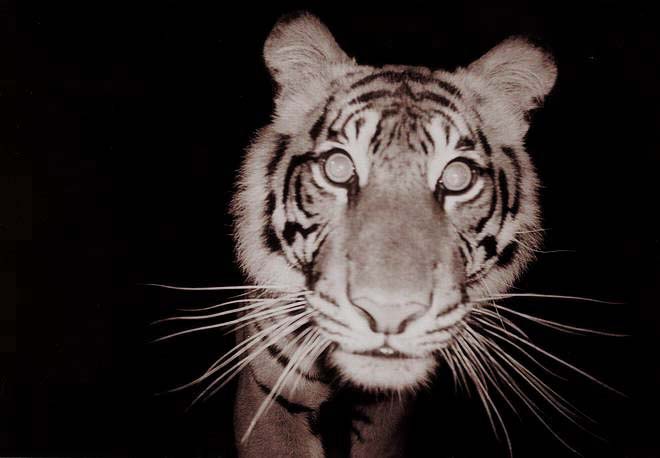
Illegal hunting and poaching of tigers are one of the major reasons that these ferocious creatures have become an endangered species. People hunt them for their meat, skin, and different body parts. In China, tigers are hunted specifically for their bones as these are used to create different Chinese medicines. Demand for tiger parts for use in traditional Chinese medicine has soared and shows no sign of stopping. There’s a good chance that this black market will completely eliminate tigers from some areas of the world.
- Tigers are unable to produce the desired number of offspring
The number of tigers has decreased rapidly and the population had dropped to only 40 tigers at one point in time in the 1930s. These numbers will not increase quickly as the lower the number of female tigers in the world, the more difficult it will be for them to reproduce. Even though they give birth to cubs every two years, half of these do not survive beyond the age of 2. This is likely connected to their dwindling habitats. A female is only receptive for three to six days, making it a very small timeframe in which tigers can generate a new litter.
There are a lot of efforts that have been put towards saving the lives of tigers and as a result, after a decade of declining numbers, the statistics are changing. Although the numbers are finally on the rise, there is a lot more that still needs to be done to save endangered tigers.
